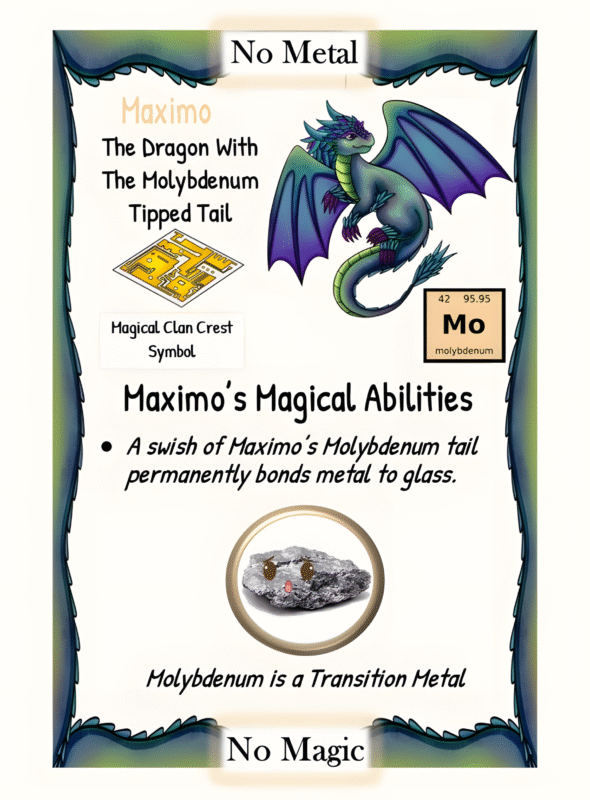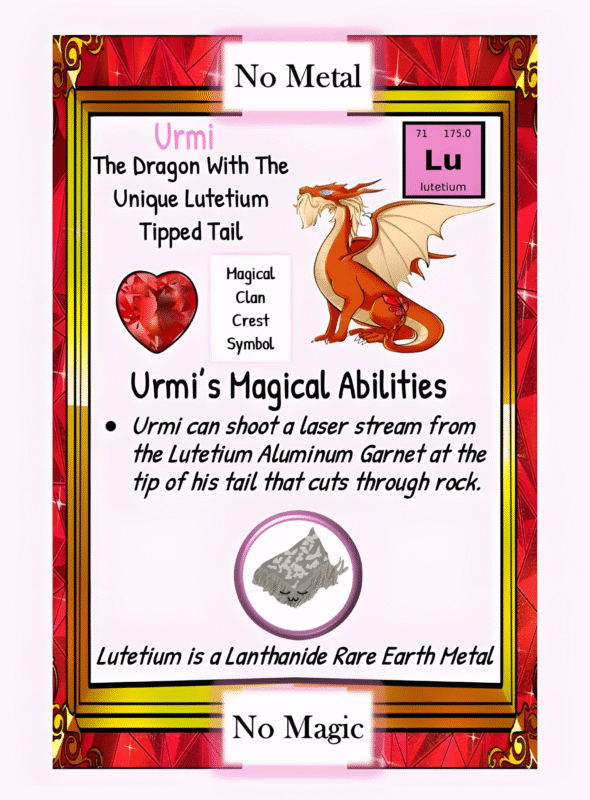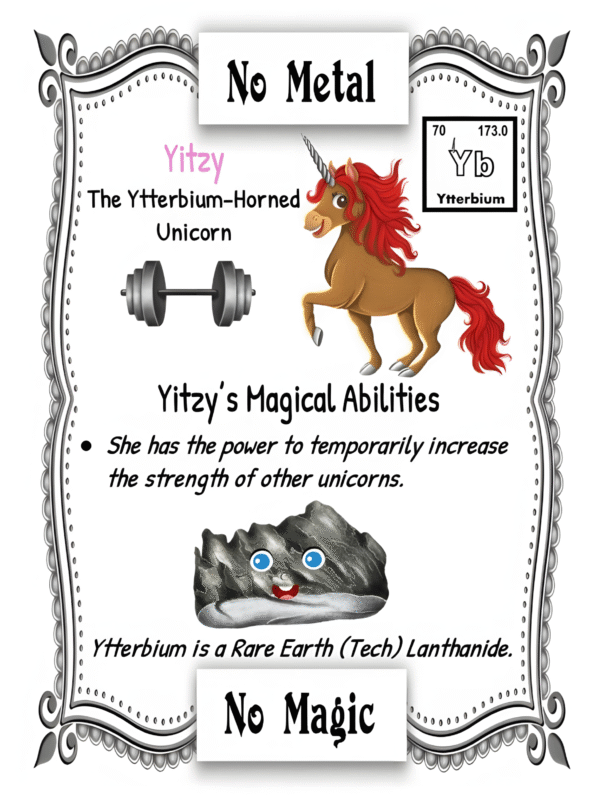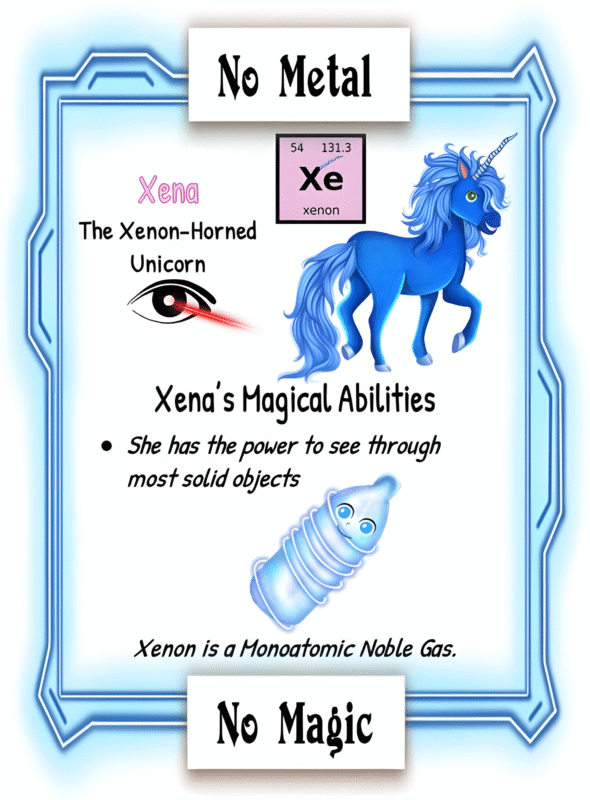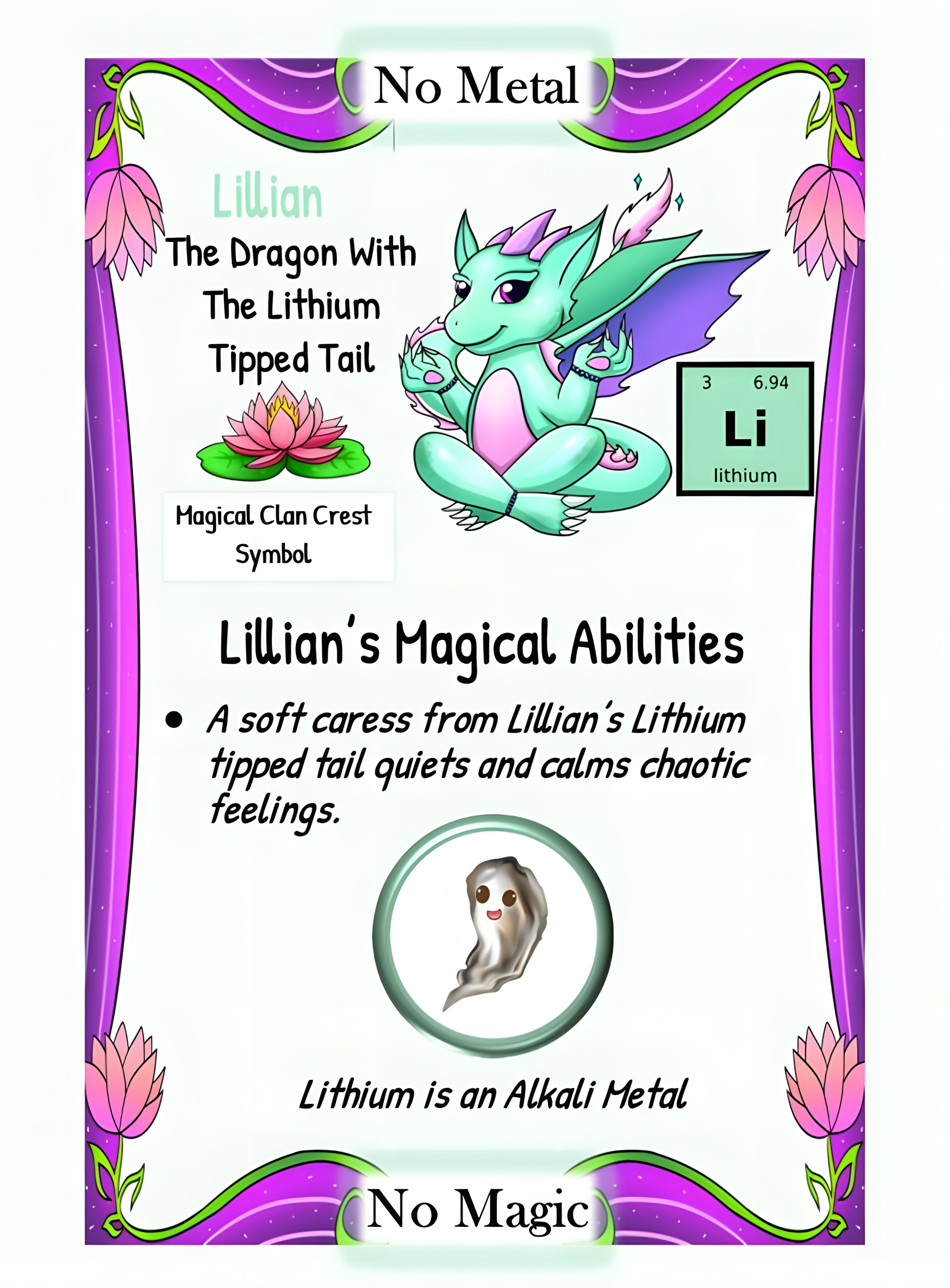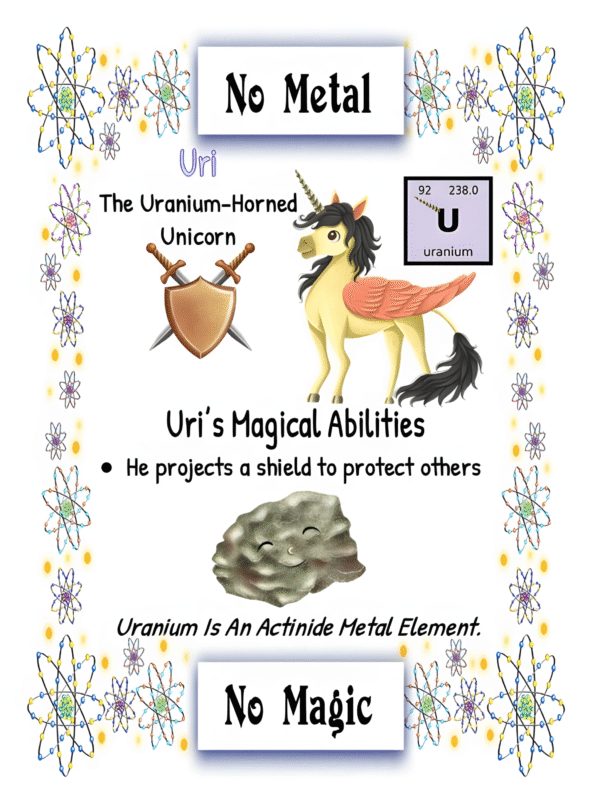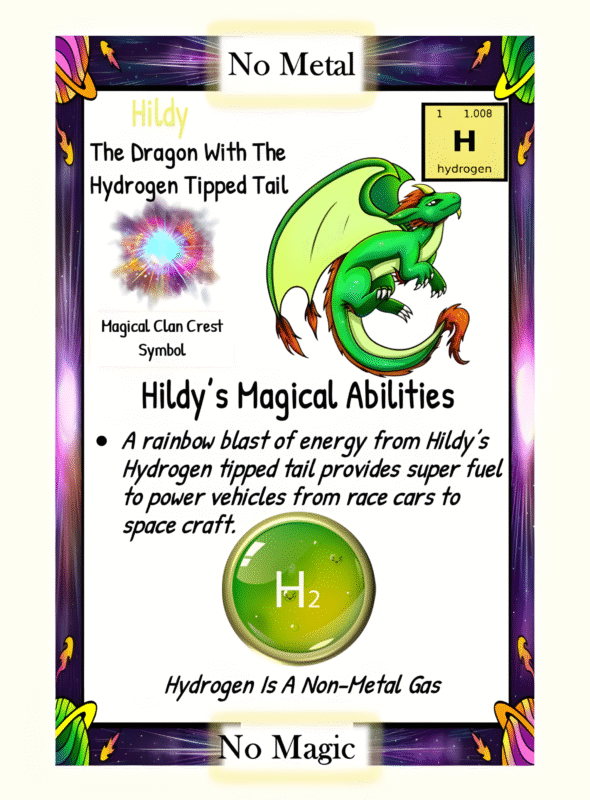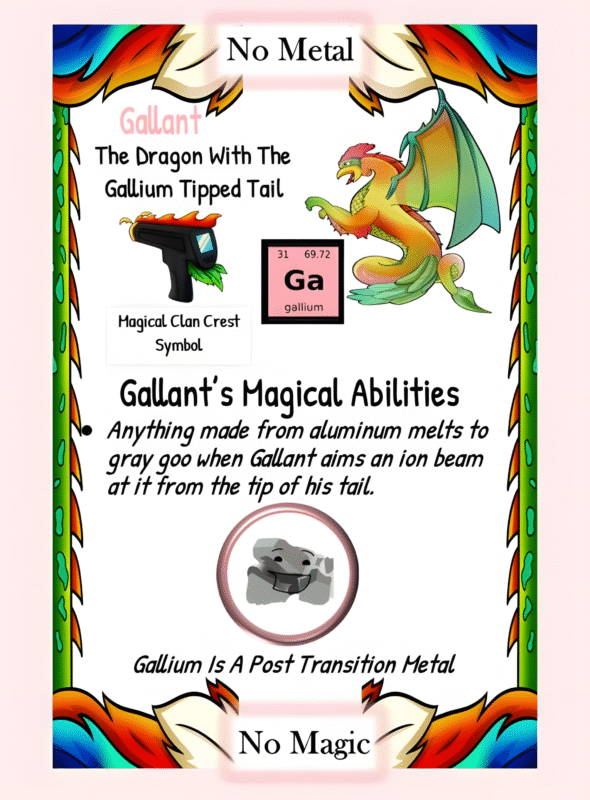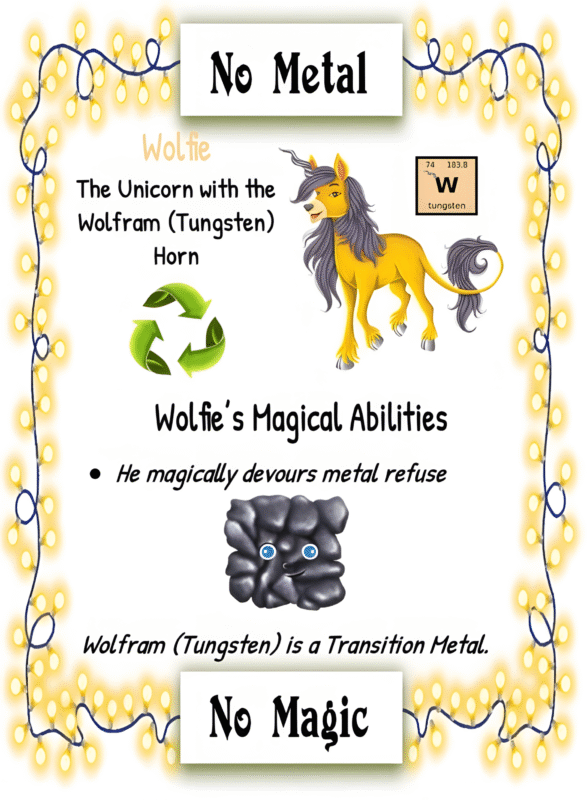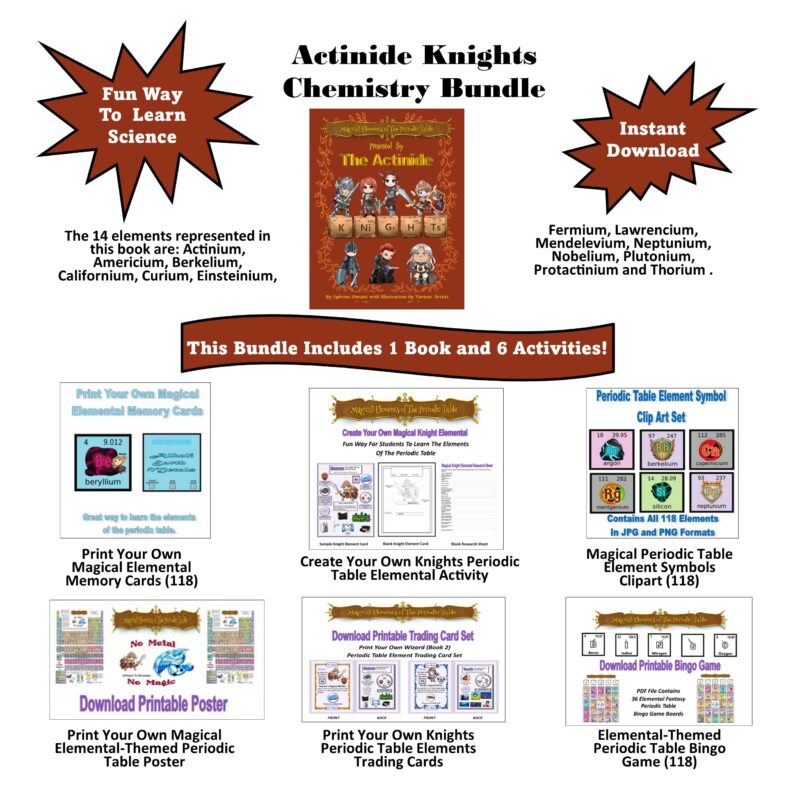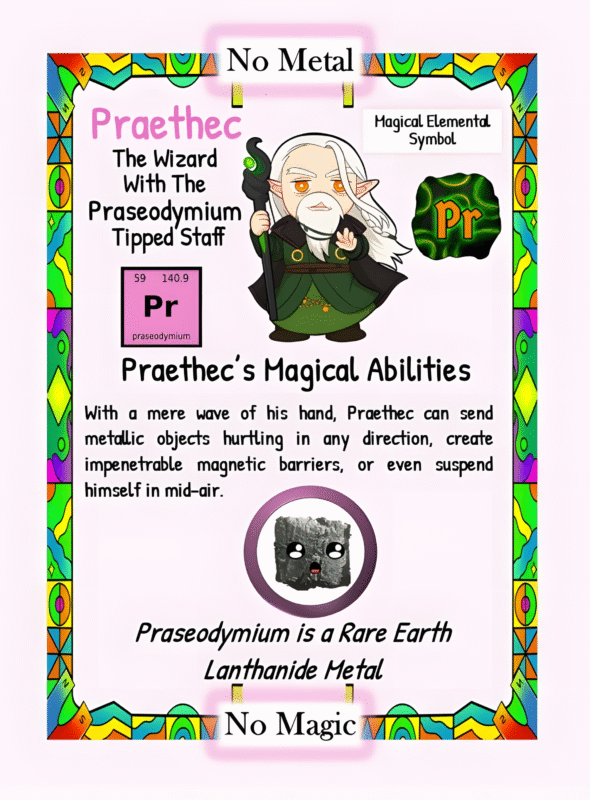The Fascinating Early Uses of Vanadium and Why It Faded Into Oblivion
Vanadium, a transition metal discovered by Spanish scientist Andrés Manuel del Río in 1801, was once heralded as a promising material with myriad uses. In the early years, it found application in various industries, thanks to its remarkable properties. However, over time, other materials emerged as more cost-effective alternatives, ultimately leading to a decline in the use of vanadium for those purposes. This article explores the intriguing early uses of vanadium and the reasons behind its eventual abandonment for those applications.
- Vanadium’s Early Applications
- Coloring Agent in Glass and Ceramic
One of the earliest uses of vanadium was as a coloring agent in glass and ceramic manufacturing. The addition of vanadium compounds could produce vibrant hues, including green, yellow, and blue. Many exquisite art glassworks and ceramics from the late 19th and early 20th centuries bear vanadium-induced colors, adding a sense of elegance and uniqueness.
- Hardening Steel
Vanadium quickly gained fame due to its ability to increase the strength and hardness of steel. By partnering with iron or steel alloys, vanadium formed a compound that imparted superior mechanical properties to the metal. In the late 19th century, it became popular in the fabrication of high-speed tools, such as drills, saws, and cutting blades. Vanadium-enhanced steel was also used in the construction of automobiles, machinery, and weaponry.
- Vanadium Redox Flow Batteries (VRFB)
In more recent times, vanadium has found a renewed interest in the energy sector for its potential use in energy storage. Vanadium redox flow batteries (VRFB) employ the element’s ability to undergo different oxidation states, making them highly efficient and long-lasting. VRFBs were initially envisioned as a possible solution for large-scale electrical grid storage due to their ability to store massive amounts of energy. While still in the early stages of development, alternative battery technology advancements have slightly overshadowed VRFBs, leading to limited adoption in commercial settings.
- Reasons for the Decline
- Availability and Cost
Vanadium’s decline in certain applications is partially attributed to its relative scarcity and the associated high cost of production. Despite being the 20th most abundant element in the Earth’s crust, it is challenging to extract pure vanadium due to its wide dispersion. Furthermore, the cost of refining and purification processes added to its overall expenses.
- Technological Advancements
As technology advances, new materials regularly emerge with improved properties, often rendering old materials obsolete. In the case of vanadium, the steel industry witnessed the introduction of new alloying elements that offered similar benefits at a lower cost. Elements like molybdenum, tungsten, and chromium provided superior hardening effects and contributed to the waning popularity of vanadium in steel fabrication.
- Shift in Market Preferences
Consumer demand and trends are powerful drivers of change. Over time, consumer preferences in glass and ceramic production shifted towards more natural and environmentally friendly color agents. Vanadium, despite its striking hues, lost traction due to the increasing use of non-toxic, sustainable alternatives.
Vanadium enjoyed a prosperous early career in various industries, contributing to stunning glassworks, strengthening steel, and inspiring energy storage solutions. However, its usage diminished due to factors such as availability, cost, evolving technological alternatives, and changing market preferences. While vanadium has seen a decline in those specific applications, it still possesses immense potential for future developments in areas like energy storage and catalysis. As science and industry continue to evolve, the unique properties of vanadium may once again find new and valuable applications.
This article is brought to you by Sybrina Durant, the author of the middle grade picture book, Magical Elements of the Periodic Table Presented Alphabetically By The Metal Horn Unicorns. Learn More. In that book Vanadium is presented by the unicorn, Vana. Read Vana’s Story.

Sybrina Publishing Offers Fun Activities Based On The Book
Magical Elements of the Periodic Table Presented Alphabetically By The Metal Horn Unicorns
Browse Sybrina-Publishing on TPT or Classful or The Unicorn Periodic Table Elements Store
Inter-Active Unicorn-Themed Periodic Table from Magical Elements of the Periodic Table Presented Alphabetically by The Metal Horn Unicorns
Click here to use This Inter-Active Viewer To Learn More About The Elements Each Unicorn Represents On This Periodic Table.
Want To Hear The No Metal No Magic Song?
100 Unicorn Tee Shirt Designs – Browse To Pick Your Favorite
They are available in short sleeve tees, long sleeve tees, tank tops, sweat shirts for all ages.











